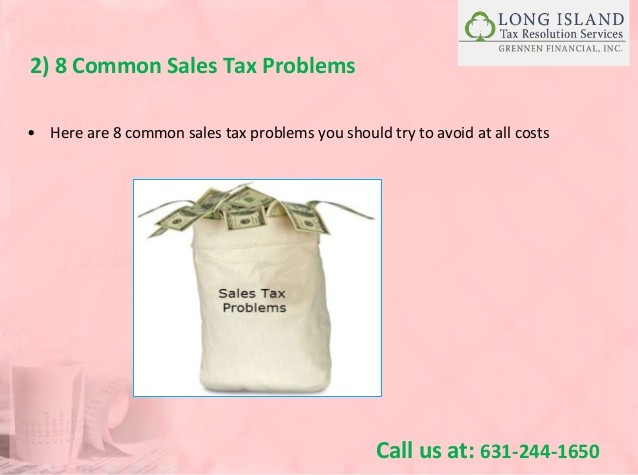Exchange Traded Fund Pitfalls Five Flaws That You Should Avoid
Post on: 13 Апрель, 2015 No Comment

Exchange traded funds provide a simple, low-cost way to access a swath of asset classes, from stocks to bonds and commodities. Or at least, that’s how many investors, both pros and individuals, see them.
By and large, they’re right. But not all ETFs fit that bill.
Some are costly, while others contain quirks that can lead to unexpected losses.
Here are five pitfalls to beware of:
• Contango. It sounds like a Latin dance step. It isn’t. It’s the term that describes an investment that holds a series of futures contracts, where near-month contracts are less expensive than contracts that expire later.
When the near-term contract is about to expire, the ETF sells it, using the proceeds to buy another contract, which because of contango is more expensive.
Basically, an unwary investor in effect sells low and buys high, over and over, said Todd Rosenbluth, an analyst for S&P Capital IQ.
As a result, a contango environment can cause ETFs holding futures to lag their benchmark index.
An ETF that invests in a commodity, not futures, avoids the chance of locking you into a series of more expensive contracts.
The best defense against exposure to contango is to understand when it’s likeliest to crop up.

Many funds that invest in commodities do so through futures contracts rather than by buying the physical commodity. The problem is when shareholders assume an ETF invests in the underlying commodity, said Vedran Vuk, senior analyst for Casey Research. So look at the fund’s holdings.
ETF literature often describes holdings in general terms such as natural gas and corn. That can look like the fund invests in the actual commodity. Read the fine print to see whether it invests instead in futures contracts.
Also, look for built-in defenses against contango. Those defenses are complex securities that are basically mirror images of the ETF’s commodity indexes.
PowerShares DB Commodity Index Tracking Fund (ARCA:DBC ) has a version called Optimum Yield, which aims to blunt contango’s impact.
• Leverage. Buying and holding leveraged ETFs that seek double or triple the movements of underlying indexes can bring better-than-expected results but also less-than-expected results.
The difference is mathematical. Leveraged funds commit to delivering the stated performance on a daily basis, not a week, month or year from now. A fund that doubles the percentage gain of an index will double its decline if that index falls. If an index dips one day, then rises by the same amount the next day to end at the starting price, its leveraged version will come up a bit short. The differences can be magnified over time.














